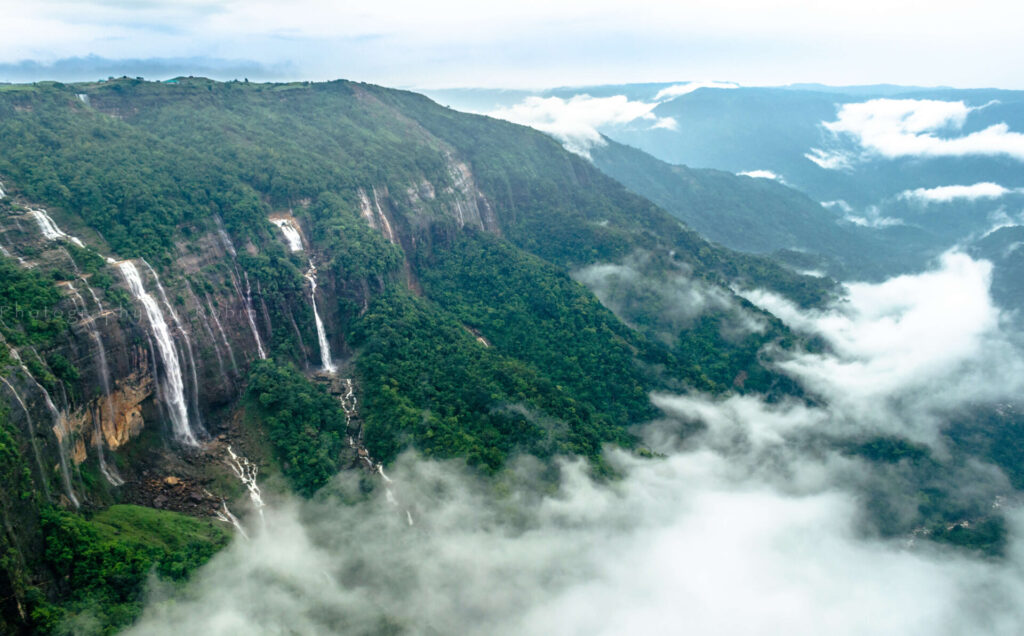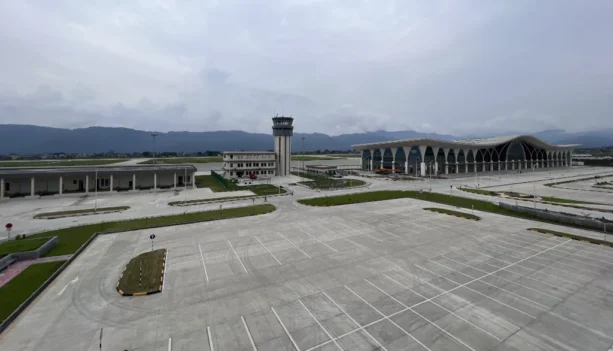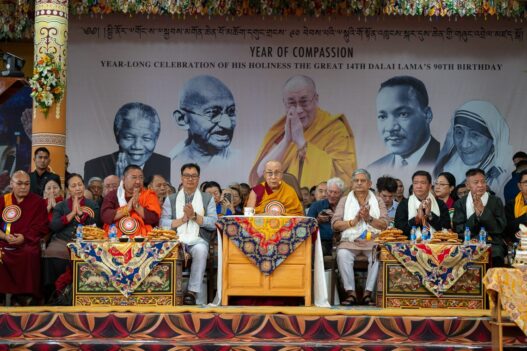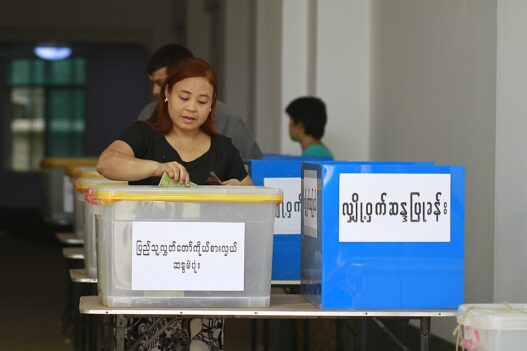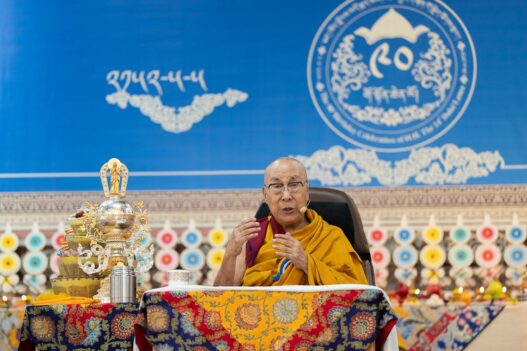The usually bustling streets of Shillong’s Police Bazar, known for its vibrant energy, have seen a noticeable shift. While visitors still wander through, the once-crowded lanes are beginning to thin out. Street vendors, who typically cater to a steady stream of tourists, now wait a little longer for customers, their eyes scanning for potential buyers. Food stalls selling popular local dishes like momos and Shillong-style chow chow (noodles) remain open, but business has slowed.
This downturn can be traced back to recent tensions between Meghalaya and neighbouring Assam, resulting in a temporary but significant disruption in the flow of tourist vehicles. For about a week, vehicles from Assam—an essential gateway for tourists entering Meghalaya—were halted due to a dispute between local tourist taxi drivers and those from Assam.
The Hynniewtrep National Youth Federation (HNYF), a local pressure group, took matters into their own hands, blocking Assam-registered vehicles from reaching popular tourist sites. The situation escalated quickly, with several vehicles turned back at Umtyngar, a key route to destinations like Dawki and Sohra. The Meghalaya police intervened, and the issue was resolved after the state’s tourism minister, Paul Lyngdoh, assured that no further disruptions would occur.
This stoppage, albeit brief, has cast a shadow over Meghalaya’s thriving tourism industry, which had been on a steady path to recovery following the COVID-19 pandemic. Meghalaya, known for its breathtaking landscapes, including mist-covered valleys, cascading waterfalls, and verdant hills, has long been a favoured destination for travellers seeking both serenity and adventure. Tourism is a vital part of the state’s economy, contributing around 8% to its Gross Domestic Product (GDP) and supporting thousands of jobs. In 2022, Meghalaya welcomed over 1.2 million tourists, both domestic and international, marking a robust recovery after the pandemic. The state government’s focus on promoting eco-tourism, particularly in areas like Cherrapunjee, Shillong, and Mawlynnong, had drawn large crowds and helped preserve the region’s delicate ecosystems.
However, the recent vehicle stoppage has disrupted this progress. Assam has historically been the primary entry point for tourists heading to Meghalaya, with over 70% of visitors relying on vehicles from Assam to navigate the state’s hilly terrain. The disruption, though short-lived, sent ripples through the tourism sector.
“Why should bars and restaurants open after 9 pm—what is the use if vehicles from outside bringing tourists are stopped?” quipped a tour promoter who did not want to be named. “Look at the city now; it’s all so quiet. This is not what we want,” he added, reflecting on how the streets, usually bustling with activity, now begin to empty after 8 pm. This sentiment encapsulates the broader concern among those whose livelihoods depend on tourism. The once-bustling streets, now quieter by evening, serve as a stark reminder of the industry’s vulnerability.
The impact on Meghalaya’s tourism industry has been significant. Hotel occupancy rates, which typically hover around 80% during peak season, have fallen to 40%. Local businesses, including homestays, restaurants, and tour operators, are grappling with cancellations and reduced bookings. According to the Meghalaya Tourism Development Corporation (MTDC), if disruptions continue, the state could see a 30% drop in tourist arrivals, leading to potential revenue losses amounting to several crores of rupees.
Small businesses, particularly those dependent on tourist footfall, are bearing the brunt of the impact. Artisans and vendors who sell handicrafts and local produce have seen a noticeable decline in sales. In villages like Nongriat, renowned for its living root bridges, the number of daily visitors has decreased significantly, affecting the livelihoods of local Khasi people who run guesthouses and serve as guides. “The drop in visitors is concerning,” said a local guide in Nongriat, who preferred to remain anonymous. “Our community relies heavily on tourism. Fewer tourists mean fewer incomes, and that’s something we’re all worried about.”
The ecological impact of reduced tourist activity is another aspect of concern. While the temporary drop in visitor numbers has given some of Meghalaya’s natural sites a brief reprieve from the pressures of tourism, there are worries about the long-term consequences. If the tourism sector continues to face challenges, communities that rely on it might turn to unsustainable exploitation of natural resources to make ends meet.
Moreover, the disruption caused a ripple effect across the tourism sector. “The face of tourism has changed. Today’s travellers plan their trips around busy work schedules, and if one destination becomes problematic, they quickly switch to another,” noted Manoj Verma, a tour promoter from Delhi.
In response to these challenges, the Meghalaya government is taking proactive measures. Negotiations with Assam are ongoing, with the aim of preventing future disruptions. Efforts are on to also attract visitors through alternative routes, including increased promotion of direct air travel to Shillong to bypass the need for overland travel from Assam.
The government is also said to be exploring ways to diversify the tourism market by promoting lesser-known destinations within Meghalaya, reducing reliance on traditional hotspots.
Despite these challenges, there is cautious optimism among the people of Meghalaya. The state’s natural beauty and rich cultural heritage continue to draw visitors, and local stakeholders are adapting to the new reality. Some are even offering virtual tours and online cultural experiences to keep tourists engaged while the situation stabilises. “Meghalaya has always been resilient,” said another local businessman. “We’ve faced challenges before, and we’ll get through this too. It’s about finding new ways to keep people interested in what our state has to offer.”
The impact of the Assam vehicle ban has highlighted the vulnerabilities in Meghalaya’s tourism industry, but it has also spurred discussions on how to make the sector more resilient. While the disruption has been a setback, it has also underscored the need for strategic interventions and adaptability. With careful planning and cooperation between neighbouring states, Meghalaya can continue to be a premier destination for sustainable tourism in Northeast India.

